2025 March round up
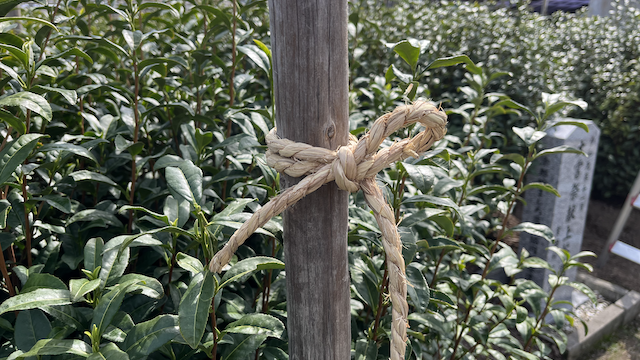
Welcome to the March round-up newsletter. A monthly letter about everything that has happened inside and outside the tea nursery.
Spring Buzz
March has been a mixed bag in terms of weather. Early March was cold, snowy, and windy. Late March was warm, cold, and then warm again. We had some slow rain days, and then the heat seemed to have awakened the last remnants of winter from the environment around the village.
There has been a lot of trimming work in the fields, some road cleaning preparing for the upcoming busy spring, and soon the sakura blossoming period, announced by the less-known but much, in my opinion, beautiful plum blossoming.

Recent Activity
Following the hand-rolling competition in Kyoto Prefecture, where Wazuka secured first, second, third, and fifth place, farmers have begun preparing diligently for the upcoming spring harvest. In Wazuka, there’s been a lot of discussion regarding the weather forecast and the general market directions. The weather has been significantly colder, perhaps leading to a later harvest. Moreover, lately, we have had frost in the evenings. Another headache to take care of.
Our latest tea cultivar post is now online. This time on Ryofu, a cultivar developed for Sencha in the early 1970s and released in 1997. As always, feel free to reach out and propose a candidate for the next cultivar deep dive.
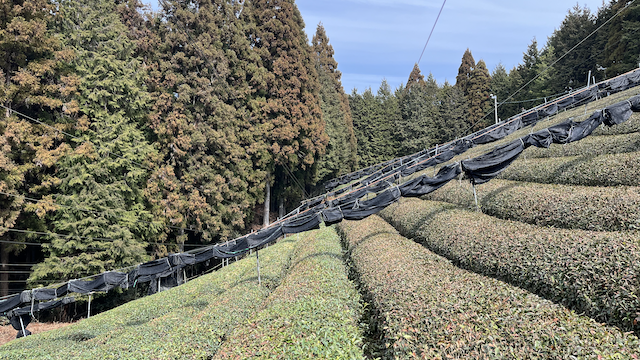
Furthermore, I am excited to launch Tea Nursery Talks, our podcast for the blog. Born in part due to not having enough long periods to write, but still want to share as much from the farming perspective as a tea farmer myself. The other part of it is thanks to the great work of other tea podcasts out there. Specialty Matcha Podcast, Tea Soup, Funk Wabi and People of Tea, are some of my go-to tea podcasts. For now, T.N.T. will be quick voice notes, sometimes recorded on the way to the field, sometimes while working in the fields. You can subscribe to the podcast on the main podcast players out there or by using this RSS link here.
There is one more topic clouding over many farmers these days, the tencha harvest for the year. Tencha is the precursor of matcha, in extremely short supply for many months. A storm brewed through the explosive rise in popularity, a growing consumption building up for around 10 years. Add the many bottlenecks in its production process, both in the fields and infrastructure-wise. Then, gaps in education, culture, information, and expectations from suppliers, sellers, and consumers. It is a pretty interesting problem to grasp, and it is here to stay, at least for the near future. Many farmers intend to switch fields from products like sencha to tencha. I wonder if that alone will be enough, my guess is that it will not.
On a different tone, but following on the topic of tencha, I was so lucky to learn about traditional bamboo roofing from the farmers at Yoshida Meichaen in Uji. It was such an outstanding experience. One can see how much effort those traditional shades take, but making one of them is on a whole different level.
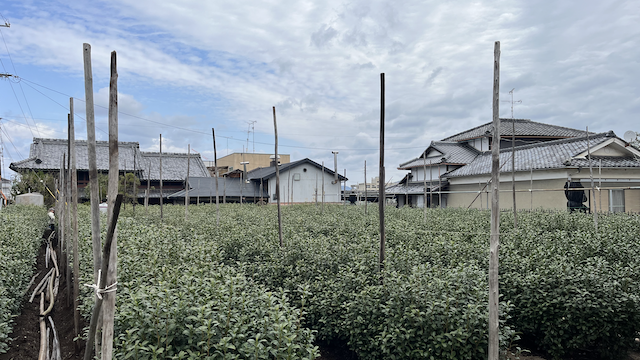
We helped build the pillars and the roof structure before the reed mats were installed sometime soon. I was fascinated by the ingenuity and simplicity in the design of the roof, which employs natural resources into a fairly sturdy structure. A masterclass in structural engineering from a few hundred years back.
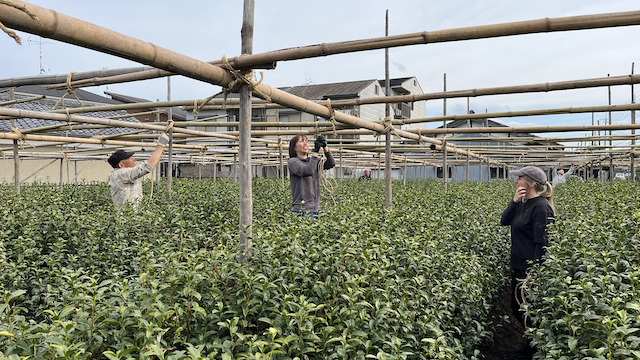
My favourite and most challenging part was to learn how to make the knots using a naturally woven rope. Those knots need to have a near-zero gap and great tension to hold the roof in place and strong enough to support someone walking on it later on when the shades and the straws are installed.
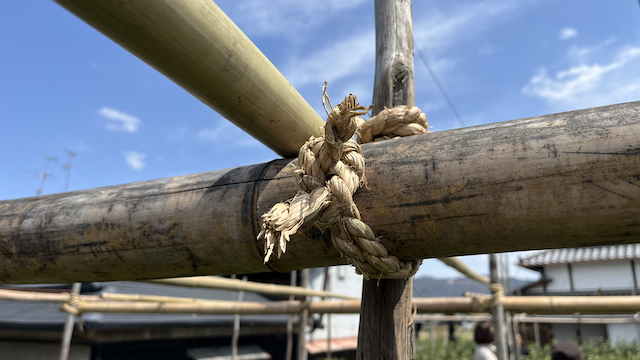
What is next
In the coming days, we will have the Sakura trees in full bloom. It is always an impressive view. In Wazuka, you can see them blooming in the middle of the mountains. It makes for a great contrast for a few days, together with the new bright-green shoots of the tea fields.
Next on the queue will be, of course, a cultivar post, and the long on the back burner, awabancha process making. I am thinking about what to write next. In the last 90 days, the highly opinionated and hot-headed take on the unfolding matcha situation has been visited a hundred times. By far, the most visited post on the blog now. Getting closer to a mind-boggling thousand views. For a small blog like this, it is so humbling.
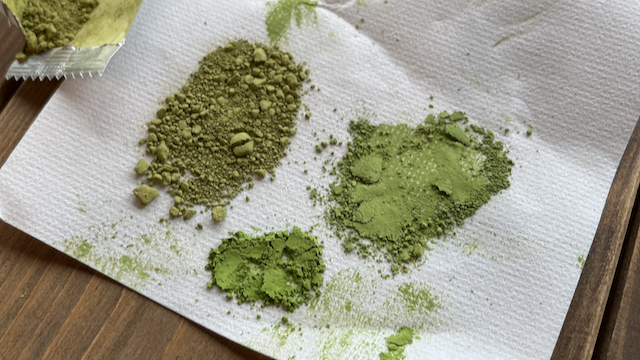
Perhaps writing only about matcha would be great for the blog if we measure success in views, for example. But I don’t have any plans to do that. I will write about what I do want to write. Mostly farming and cultivars, and this year, sprinkle a few more opinionated articles. I do not follow any logical progression in my articles. Recently, I have discovered that my mindset is named “being an octopus”. Curious, inquisitive, and generalist, simultaneously exploring many alleys of knowledge. I plan on staying in that mindset. If you have joined the blog recently (welcome!) for more content only on matcha, please be advised. That said, whenever there are big swings in the industry, I will cover them if I have any particular point of view to express. Please remember how challenging it is to keep up with the news when things change so quickly.
From April, it is time to put the heads down and focus on what brought me to Wazuka: learning to make great tea.
Books and other fun stuff
Aside from the above-mentioned launch of Tea Nursery Talks and after closing down the knowledge vault project, sharing notes on several topics. I have realized a big void in personally expressing about food. In particular, ingredients and food regionality. I am excited to launch another experiment this month: Raw, Grilled, Boiled. Aiming to share, compile, digest, and paint the picture of local Japanese regionality. You could say that I cover too much terrain, constantly struggling to find time to write about tea, and now trying to write in two blogs, and you would be right.
My previous colleague, a different Sarah from the one I mentioned in the last newsletter, has finally released his one-year photography project at the farm. She captured our daily lives with tea in Wazuka with stunning black-and-white film photography. It brings back so many memories from the last year. Thank you, Sarah!
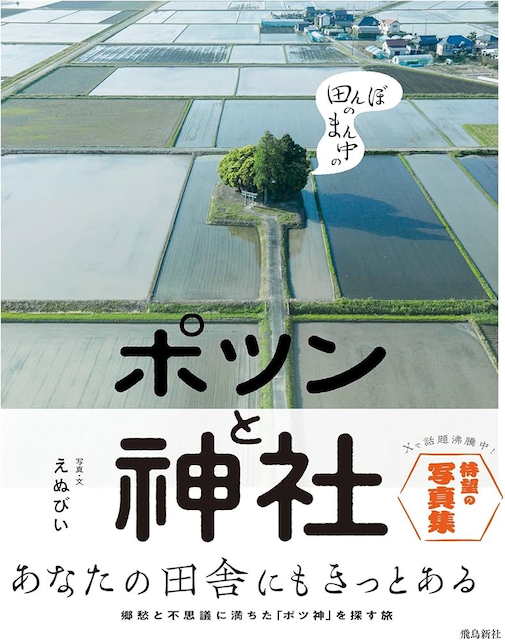
Regarding books, I wanted to share a short book on isolated shrines on rice fields. I know, quite a niche. It is mostly photography throughout the seasons of small shrines located between rice fields or sometimes right in the middle, isolated from land during the growing season. It is a cute and interesting book. Funny enough, I believe we might have something similar in Wazuka, where we have a couple of small shines in isolated parts of the village surrounded by tea fields and a few forest trees around them.

That is it for this month. As always, you can help the blog by sharing this newsletter or any of the blog posts and sharing it with a friend or family member who could enjoy it.
